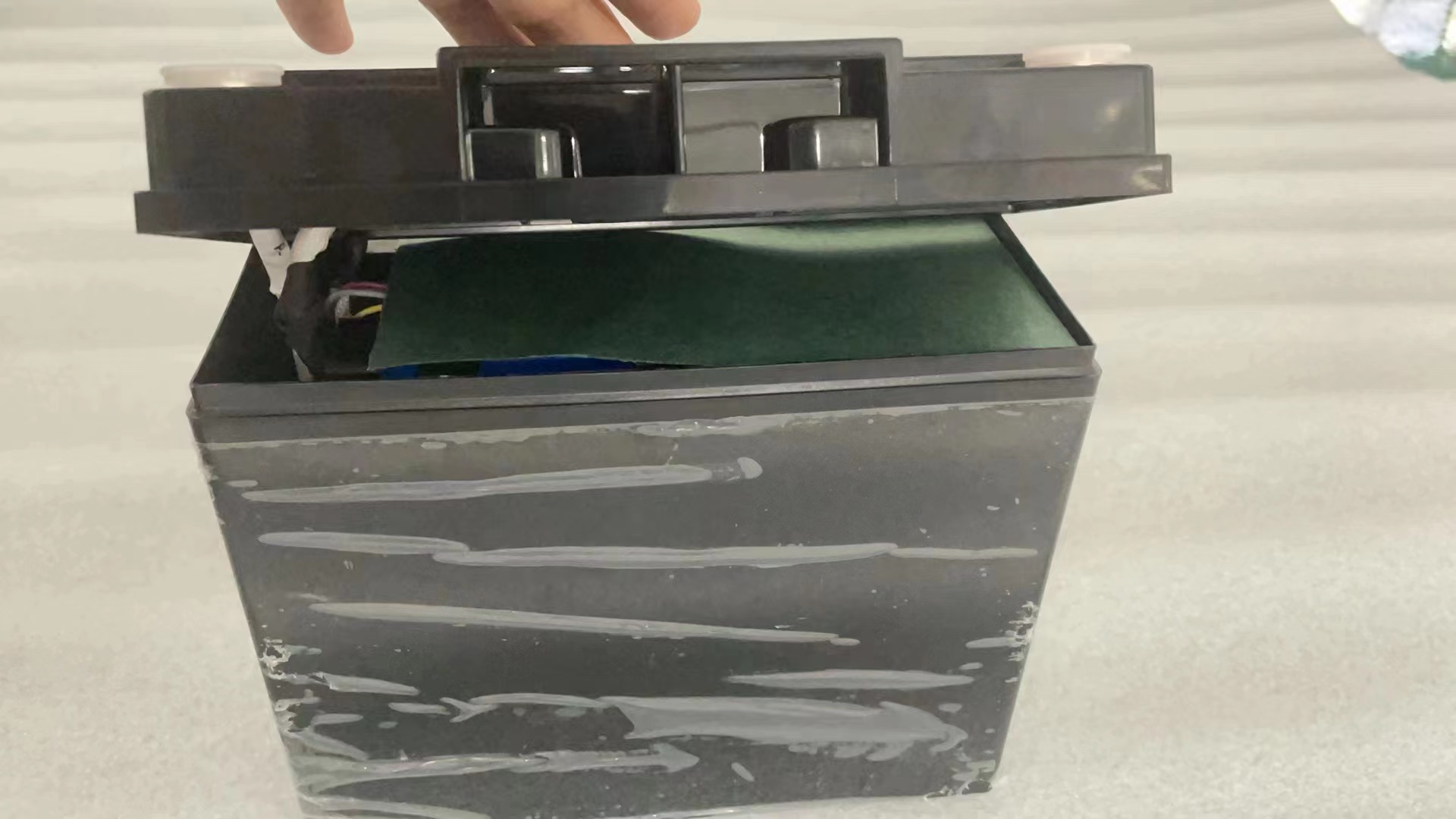Lithium-ion battery cases and covers are sealed using various methods and techniques to ensure the safety and integrity of the battery pack. The sealing process is crucial because it prevents the leakage of electrolytes, ingress of contaminants, and the release of potentially hazardous materials.
Here are some common methods used to seal lithium battery cases and covers:
1. Welding: Many lithium-ion batteries use metal casings, and the seams of these casings can be sealed through welding. There are different welding techniques, such as resistance welding, laser welding, and ultrasonic welding, that can be used to join the casing components together. These methods create strong, hermetic seals.
2. Adhesive Sealants: Some batteries use adhesive sealants to bond the various components of the battery casing. Specialized adhesives are applied at the seams or joints, and then the components are pressed together. Once cured, these adhesives create a tight seal.
3. Gaskets and O-rings: Gaskets and O-rings made of rubber or other sealing materials are often used to create a barrier against moisture and contaminants. They are placed between the casing components or cover and provide a flexible seal.

4. Potting: Potting involves filling the battery casing with a liquid or gel-like sealing material, such as epoxy resin or silicone. This material hardens and encapsulates the internal components, providing a complete seal. Potting is commonly used in cylindrical or prismatic battery cells.
5. Compression Seals: Some battery designs use compression seals, which rely on the pressure exerted by the casing components when assembled to create a seal. These seals are often used in pouch cells, where the pouch material is compressed tightly around the cell components.
6. Laser Welding for Pouch Cells: Pouch lithium-ion batteries are commonly sealed using laser welding. The pouch material itself is often made of multi-layer laminates that can be precisely sealed using lasers.
7. Heat Sealing: In some cases, the sealing of battery covers and pouch cells can be achieved through heat sealing. This involves applying heat and pressure to melt and seal the plastic materials used in the casing or pouch.
It's important to note that the specific sealing method used can vary depending on the type of battery, its intended application, and safety requirements. The sealing process is a critical aspect of battery manufacturing, as it helps prevent issues like leakage, thermal runaway, and contamination, which can lead to safety hazards and reduced performance. Battery manufacturers follow strict quality control and safety standards to ensure proper sealing and overall battery safety.
Next:12pcs 3.3KW Lifepo4 Battery On Board Chargers ship to USA
Previous:8pcs 300Ah Winston LiFeYPO4 batteries ship to HongKong
Contact Person: Miss. Elsa Liu
| WhatsApp : | +8617763274209 |
|---|---|
| Skype : | +8617763274209 |
| WeChat : | 17763274209 |
| Email : | Elsa@lifepo4-battery.com |